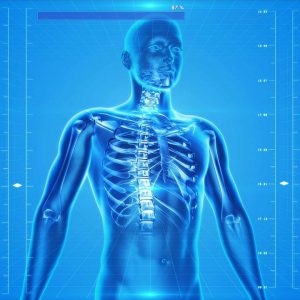What’s Covered in this Course?
This course is broken down into ten lessons:
1. Scope & Nature of Computer Aided Design
- History of Technical Drawing
- History of CAD
- Why CAD?
- Overview of Applications of CAD
- Solid Modelling or Manufacturing
- Surface Modelling
- Assembly
- Drafting Detailing
- Reverse Engineering
- Scanners
2. Types of CAD Software
- CAD System Components
- Popular CAD Software
- Create a CAD Project
3. CAD Design Principles
- Basics of CAD
- Cartesian Coordinate System
- Spatial Reasoning
- Orthographic Projections
- CAD Design General Principles
- CAD Design Process
- CAD Design Effective Use Principles
4. Landscape Mapping and Planning
- Plan Types
- Site Plan/Base Plan
- Topographic Plan
- Concept Plan
- The Final Plan
- Other Plans
- How Landscape Plans are Presented
- Steps In The Design Procedure
- Landscape Graphics
- Surveying and Measurement
- Levelling
- Area Measurement
- Measurement of Volume
- Earthworks
- Limitations of CAD in Landscape Design
5. Construction and Engineering
- CAD in Construction
- Building Information Modelling
- Application to Construction
- Types of Drawings
- Architectural Drawings
- Building Services Drawings
- Miscellaneous Drawings
- Submission Drawings, Models, Environment Plans
6. Architecture and Urban Planning
- CAD Modelling
- Urban Planning
- Architecture
- Architectural Views
- Using Templates
- CAD visualisation
- Virtual Tours
- Risk Management
- Risk Identification
- Risk Assessment
- Building Information Modelling
- Optimisation
7. Manufacturing
- Computer Numerical Control
- Computer Aided Manufacturing
- Aerospace
- Automotive
- Technology
- Benefits
- Design
- Financial
- Tooling
- Outsourcing
- Quality and Inspection
- Logistics
- Green Strategy
8. Rapid Prototyping
- Why Rapid Prototyping is Important
- The Prototyping Process
- Types of Rapid Prototyping
- Additive Manufacturing
- Binder Jetting
- Other Manufacturing Techniques
- High Speed Machining
- Laser Cutting
- Water Cutting
- Electrical Discharge Machining
- Extruding, Moulding, Casting
- Injection Moulding
9. 3D Printing
- History of 3D Printing
- Types of 3D Printing
- 3D Scanners
- Types of Software
- Slicer Software
- Type of Printing Materials
- Advantages and Disadvantages of 3D Printing
- Applications of 3D Printing
- The Future of 3D Printing
10. Further Applications
- Enhanced Reality
- Augmented Reality
- Virtual Reality
- Mixed Reality
- Artificial Intelligence
- Generative Design
- The Cloud
- Customisation and Other Applications





